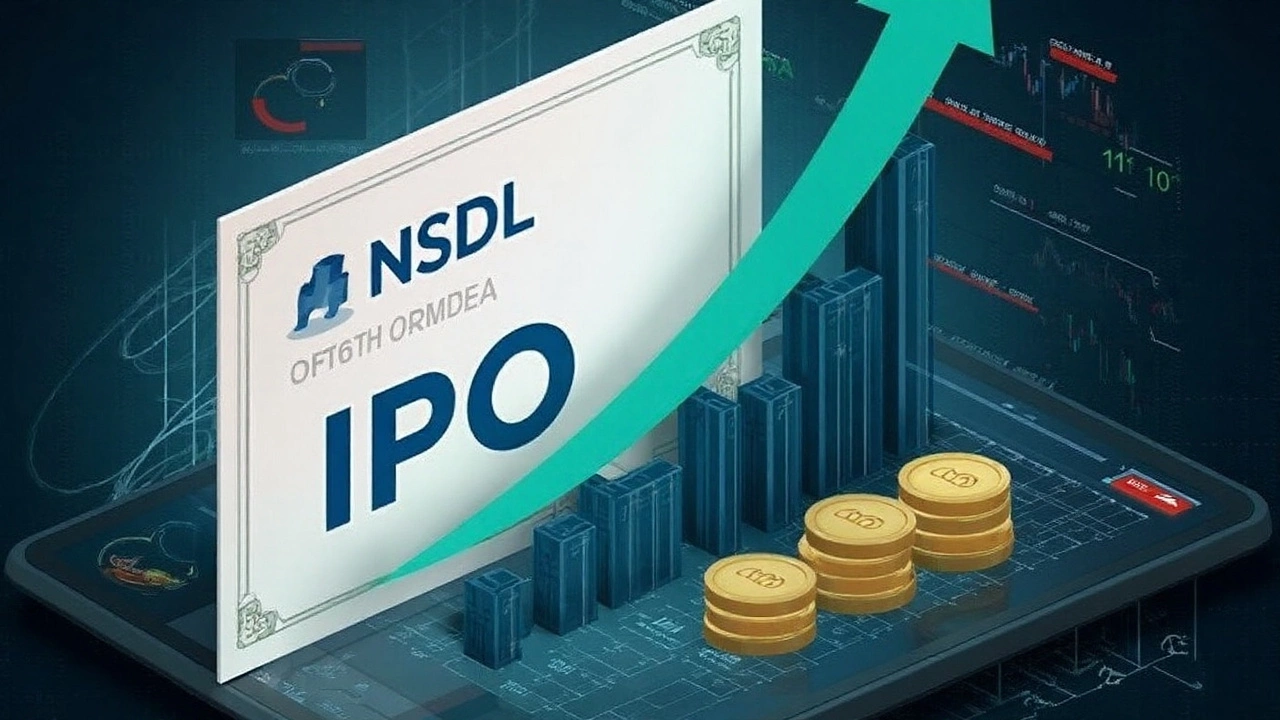Grey Market Premium: The Quick Guide Every Investor Needs
Ever seen a stock listed with a price higher than its official IPO rate and wondered why? That extra amount is called the grey market premium (GMP). It’s the price people are willing to pay for shares before the company even goes public. In plain terms, GMP shows the market’s early sentiment on an upcoming listing.
How Does Grey Market Premium Form?
Before an IPO, a select group of brokers and institutional investors get a taste of the issue price through a private, unofficial market called the “grey market.” They trade the shares at a price that can be above or below the final issue price. If demand is strong, the trading price climbs, creating a positive GMP. If investors are cautious, the premium may shrink or even turn negative.
The grey market isn’t regulated like the main exchange, so the price you see is a guess, not a guarantee. Still, it’s a useful barometer because participants have access to the same prospectus and often do a quick financial check before making a move.
Why Should You Care About GMP?
Here are three practical reasons to pay attention to GMP:
- Price clue for the IPO: A healthy premium (usually 5‑15% above the issue price) suggests strong demand, which often leads to a good opening day performance.
- Risk indicator: A negative or tiny premium could mean investors see valuation issues or market concerns. You might want to wait or skip that IPO.
- Trading opportunity: Some traders buy in the grey market and sell once the shares list, pocketing the difference. It’s risky, but the premium gives a snapshot of that spread.
Remember, GMP is just one piece of the puzzle. Always look at the company’s fundamentals, industry outlook, and overall market conditions before committing cash.
Tips to Use GMP Wisely
1. Compare with peers: If the premium for a tech IPO is 20% while similar companies sit at 5%, dig deeper. It might be hype or a genuine growth story.
2. Watch the trend: GMP can change daily as news drops. A rising premium after a positive earnings preview is a good sign; a sudden dip after a regulatory issue is a red flag.
3. Don’t chase the premium: A high GMP can tempt you to jump in, but if the company’s business model is weak, the stock could fall hard after listing.
4. Set a limit: Decide how much extra you’re comfortable paying over the issue price. If the premium exceeds that, walk away.
5. Use multiple sources: Grey market data comes from brokers, finance portals, and sometimes social media groups. Cross‑check to avoid misinformation.
Grey market premium is like a weather forecast for an IPO – it gives you an early hint of conditions but doesn’t guarantee the exact outcome. Use it alongside thorough research, and you’ll make more informed decisions without getting caught off guard.
Bottom line: Keep an eye on GMP, treat it as a signal, not a rule, and you’ll navigate new listings with more confidence.

NSDL's IPO created a market buzz as shares listed at ₹880, rising to ₹920—matching the high grey market premium and reflecting strong demand. With its huge market share in demat accounts, experts suggest investors hold for the long term but book some profits. The IPO’s robust subscription highlights confidence in India's capital markets.
